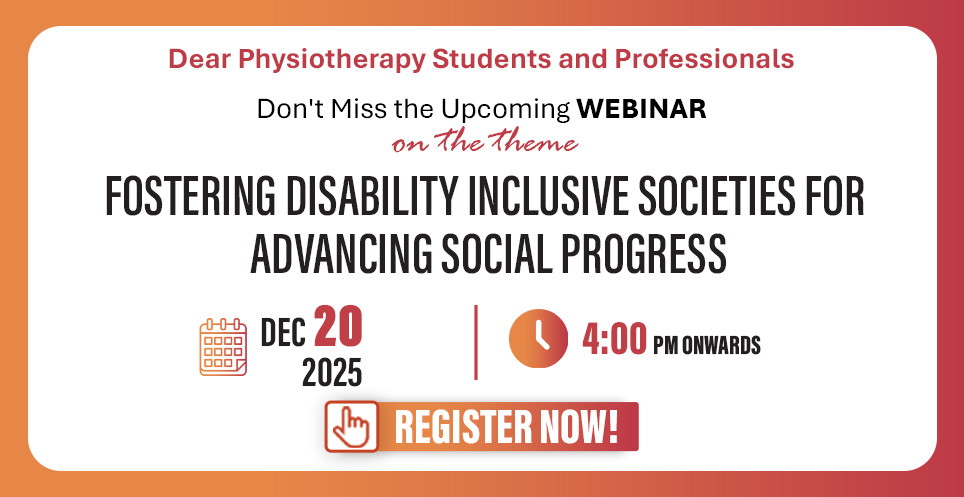Forensic Medicine & Toxicology by Dr. K. Tamilmani — A CBME-Aligned Textbook for the New Generation of Medical Graduates Book Review by Dr Divyansh Tiwari
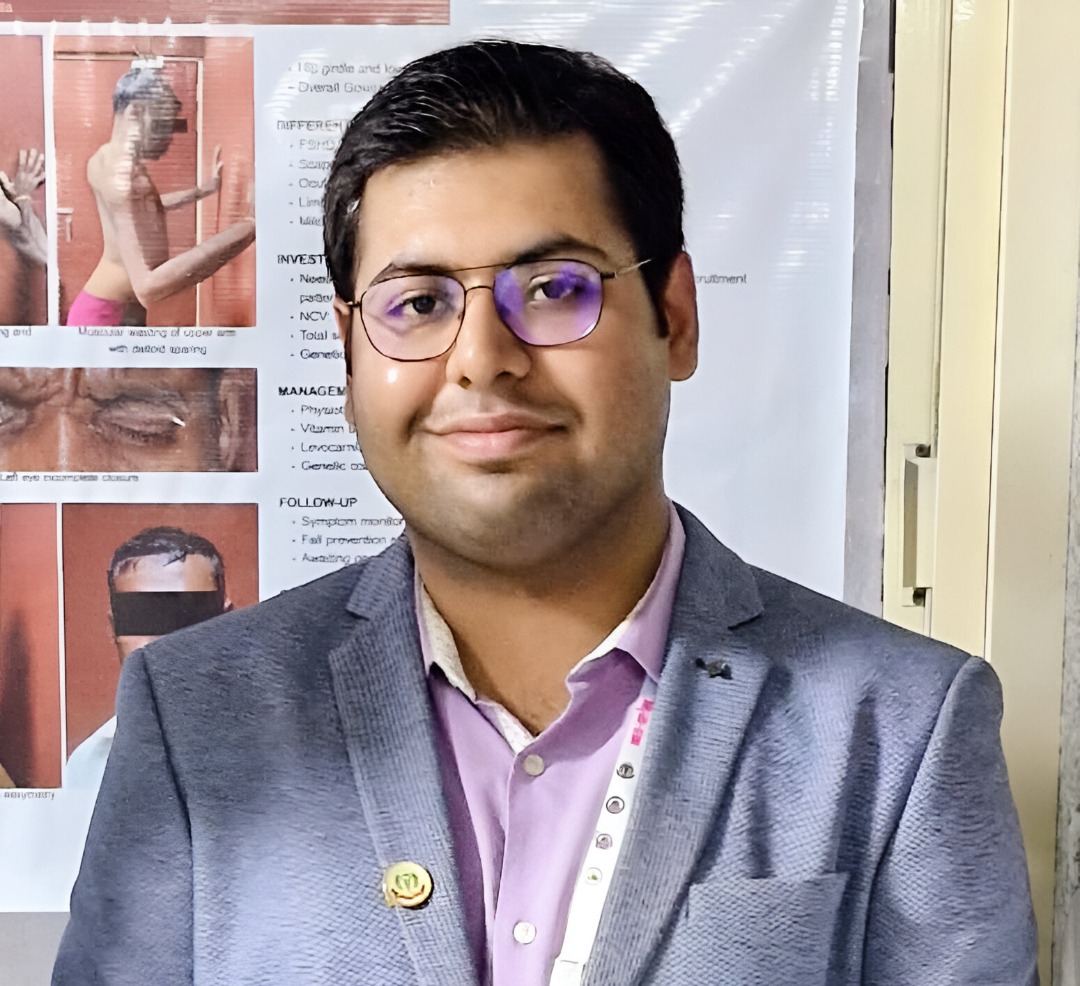
Reviewer, Dr
Divyansh Tiwari,
Intern, Baba
Raghav Das Medical College, Gorakhpur
The implementation of the Competency-Based Medical Education (CBME) curriculum has significantly changed the study of Forensic Medicine and Toxicology in India. The goal is to produce Indian Medical Graduates (IMGs) who possess not only a solid theoretical understanding but also competence, ethics, and the ability to apply their knowledge in practical medico-legal scenarios.
Dr. K. Tamilmani's Textbook of Forensic Medicine & Toxicology published by CBS Publishers & Distributors, is notable in this regard as a textbook written to satisfy the CBME criteria. This book was created from scratch, with a distinct emphasis on competence mapping, multidisciplinary integration, and real-world application, and not merely repackaging the previously published material.
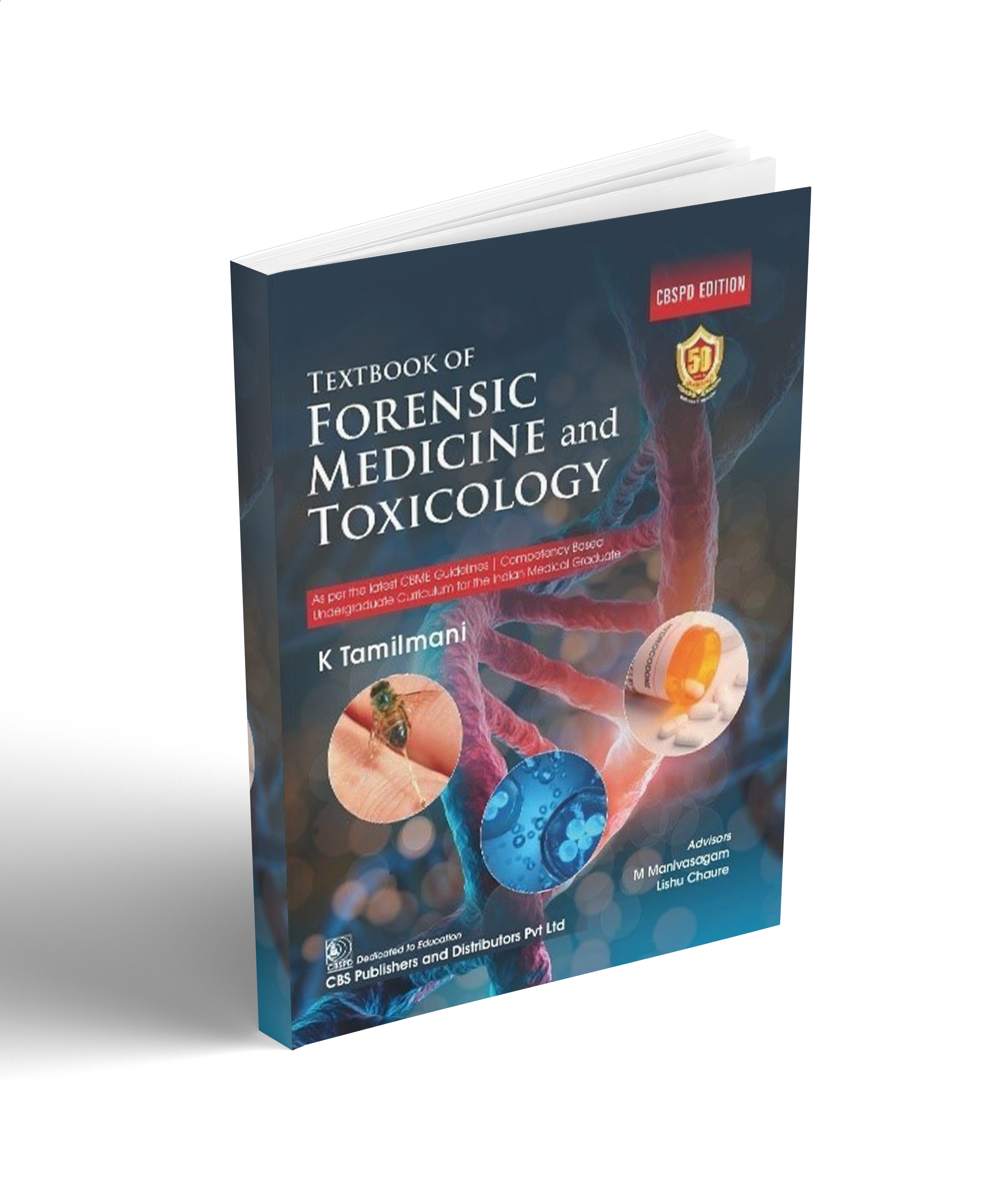
Curriculum-Driven Design
According to the CBME framework, Forensic Medicine & Toxicology includes:
14 core topics
50 teaching hours
· 162 competencies
· 52 integrations (Vertical: 105, Horizontal: 0)
Dr. Tamilmani’s work addresses all of these
elements systematically. Each chapter is linked to one or more competencies,
making it easy for both teachers and students to monitor progress in line with the
official guidelines.
The CBME model emphasizes three main pillars:
1. Integration – Connecting learning with other related subjects.
2. AETCOM Modules – Building skills in Attitude, Ethics, and Communication.
3. Self-Directed Learning (SDL) – Encouraging independent, lifelong learning.
All three are woven seamlessly into the structure of the book.
Robust Integration of Multidisciplinary Fields
This book does a fantastic job of connecting forensic medicine with other fields, which is one of CBME's strong points. Among the examples are:
· Anatomy (AN 14.3): Connecting anatomical structures to damage patterns.
· Understanding drug toxicity and its counteragents is the focus of pharmacology (PH 1.22, PH 5.7).
· Imaging in injury and death investigations (RD 1.13).
· Psychiatry (PS 19.3): Aspects of mental health in medicolegal settings.
· General Medicine (IM 20.1–IM 21.8): Identifying symptoms of trauma and poisoning.
· Obstetrics and Gynaecology (OG 1.3, OG 9.2, OG 20.1–OG 20.3): Concerns about maternal mortality and sexual crimes.
· General Surgery: Documentation of wounds and surgical implications in trauma (SU 8.1–SU 8.3).
Instead of treating the topic as a stand-alone discipline, this method teaches students to value it as a component of a broader, interrelated medical practice.
About the Author
Dr. K. Tamilmani, MD, HOD, Dept. of Forensic Medicine at Government Medical College in Pudukkottai, Tamil Nadu, has written several reputed books, such as Principles and Basics of Autopsy and Practical Guide for Forensic Medicine & Toxicology, and has vast expertise in both teaching and medico-legal work.
To give his teaching and writing more
practical depth, he often teaches judges, police officers, and physicians. He
is also an active member of professional associations like the South Indian
Medico-Legal Association and the Indian Academy of Forensic Medicine.
How the Book Achieves CBME Objectives
1. Competency-Linked Structure: To support structured learning and evaluation, each topic is mapped to CBME-defined competencies.
2. Skill-Oriented Content: Contains templates for injury documentation, medico-legal proformas, and real-world examples to promote practical skills.
3. Ethics and Communication – Dedicated sections on AETCOM modules prepare students to handle sensitive medico-legal cases with professionalism.
4. Encouragement of SDL – Certain sections promote independent study, instilling habits for lifelong learning.
Characteristics that Encourage Learning
· Simple, unambiguous language that makes complicated medico-legal concepts easy to understand.
· Clinical photos, flowcharts, tables, and infographics provide extensive visual support.
· Thorough coverage of toxicology, including information on clinical manifestations, diagnosis, treatment, and potential legal ramifications.
· Thorough discussion of medical offences and their consequences, assisting readers in comprehending the legal foundation for practice.
· Exam-focused content, such as sample long-, short-, and multiple-choice questions for review.
From Foundations to Practice
The book opens with the history of forensic medicine, honoring pioneers in the field, before progressing to modern concepts such as medical jurisprudence, thanatology, injury assessment, and toxicology.
A dedicated section on medical acts ensures that learners understand their legal responsibilities—a key requirement under CBME. The combination of theory, law, and practical formats makes it a complete guide for academic and professional use.
The Beneficiaries
· MBBS students – The main target audience under the CBME curriculum.
· Interns and young doctors – Particularly those preparing for PG entrance exams such as INICET, NEET-PG, and NEXT.
· Postgraduate students in Forensic Medicine – As a quick reference.
· Law enforcement and judicial officers – For a better grasp of medical evidence in investigations.
CBS Publishers’ Commitment
With over 50 years of excellence in academic publishing, CBS ensures the book matches rigorous educational standards while maintaining clarity and usability. Its high production quality ensures that it will last as a dependable reference throughout a medical career.
Final Thoughts
The shift to CBME calls for textbooks that are aligned with the curriculum, focused on competencies, and oriented to practical skills. Forensic Medicine & Toxicology by Dr. K. Tamilmani achieves this balance with precision.
By combining clear explanations, competency mapping, interdisciplinary integration, and real-world medico-legal tools, the book provides a complete package for mastering forensic medicine. It is equally useful for exam preparation and for developing the professional judgment required in practice.
In today’s evolving medical education system, this text is not just an academic requirement but a long-term professional asset—preparing students to meet both examination standards and real-world responsibilities with competence, ethics, and confidence.
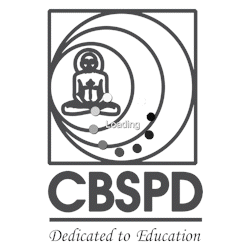
.png)
.png)
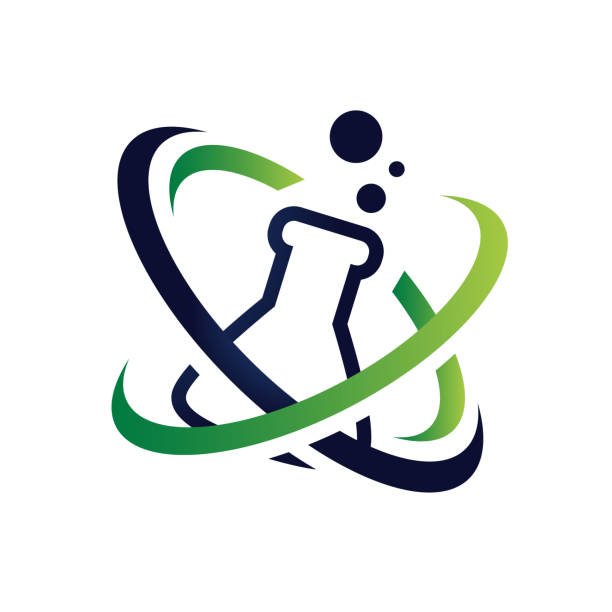



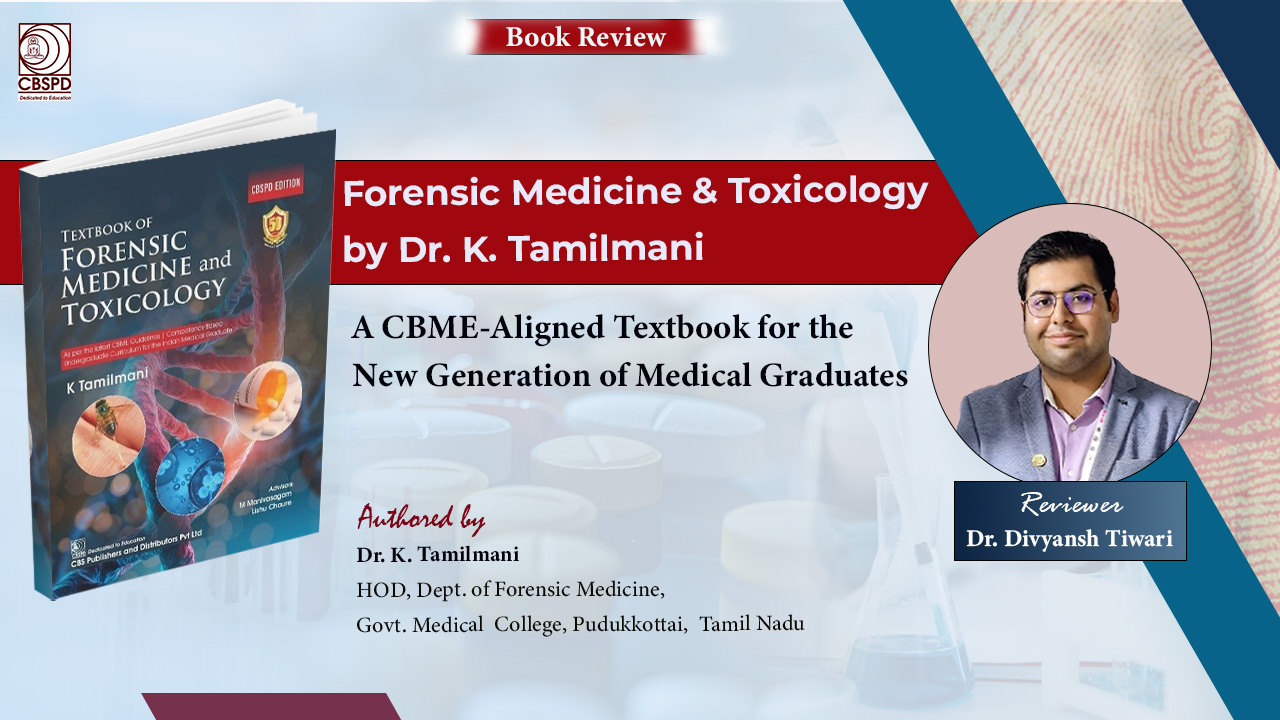

.jpg)
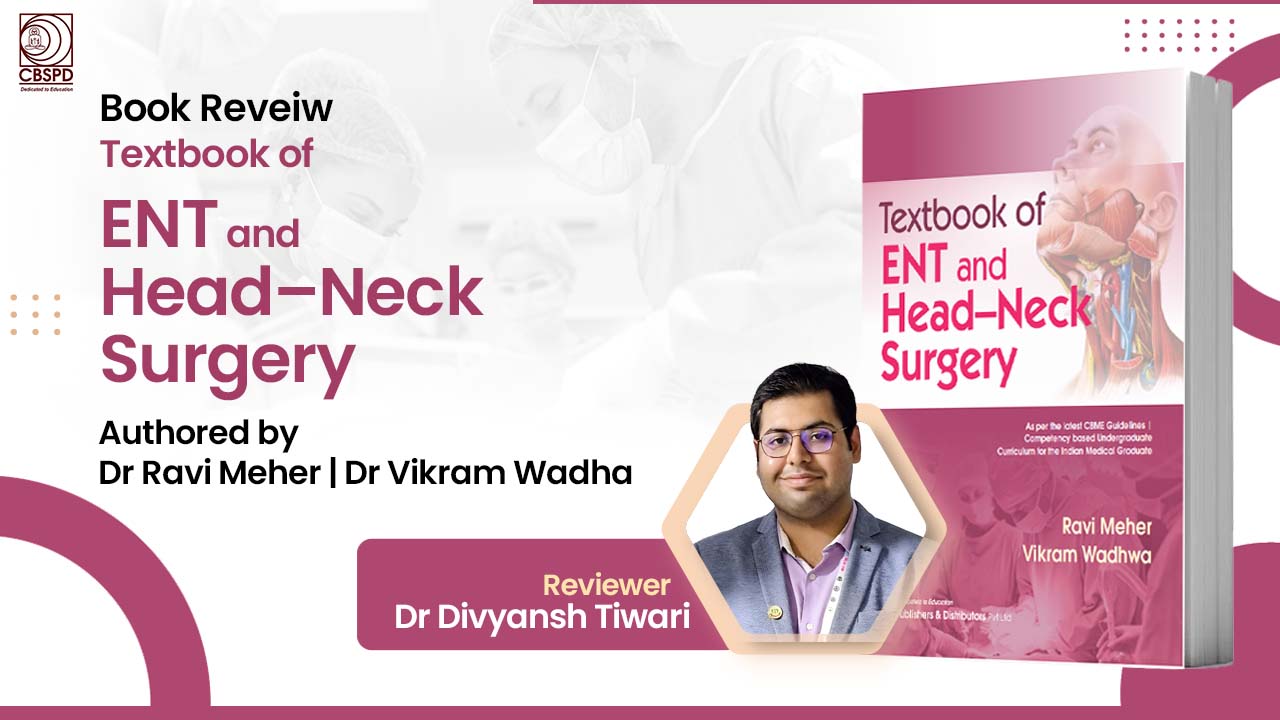
.jpg)

